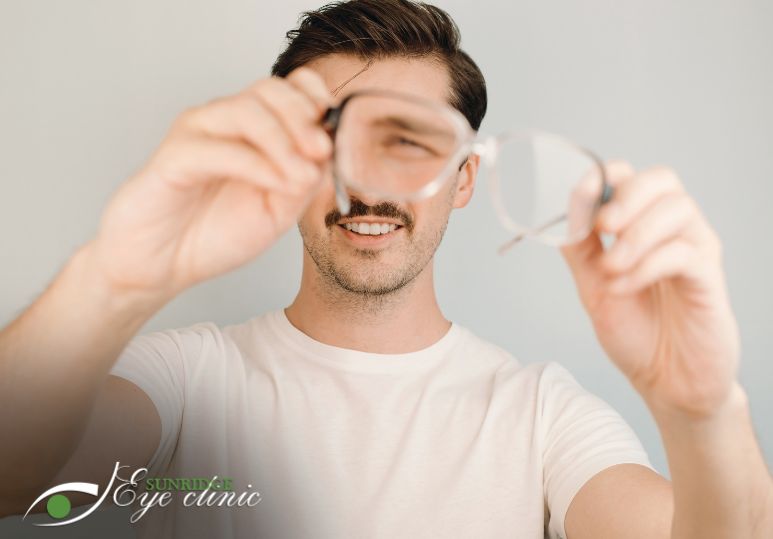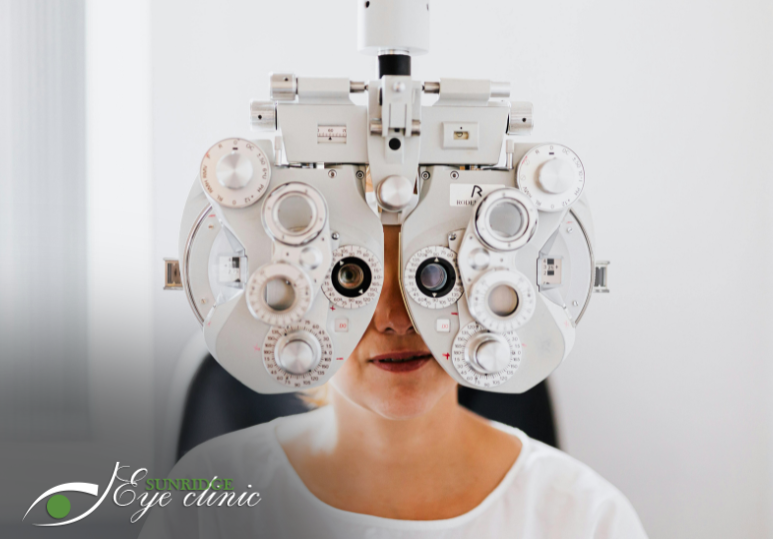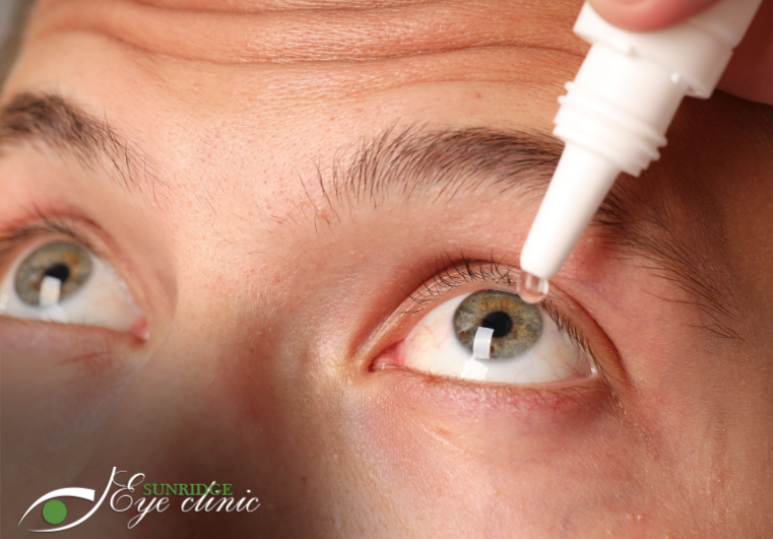Low vision significantly affects the daily lives of many individuals, particularly as they age. At Sunridge Eye Clinic, we frequently encounter patients coping with this challenging condition. Understanding the intricacies of low vision, including its causes, symptoms, and methods of diagnosis, is a key focus of our practice.
At Sunridge Eye Clinic we are dedicated to empowering our patients through education and compassionate care. Providing a comprehensive understanding of low vision, its early signs, and effective management strategies is a cornerstone of our patient care approach.
Defining Low Vision and Its Symptoms
Low vision is a condition that impairs an individual's ability to perform everyday tasks and is not correctable through standard eyewear, medication, or surgery. Symptoms can vary but commonly include blurred vision, difficulty in reading or seeing objects up close, trouble with glare, poor night vision, and a noticeable loss of peripheral vision. These symptoms can significantly hinder activities like reading, driving, and recognizing faces.
Common Causes of Low Vision
Several conditions can lead to low vision, with some of the most prevalent being:
- Macular Degeneration: A major cause of vision loss affecting the central part of the retina, the macula.
- Glaucoma: Known for its impact on peripheral vision, glaucoma can lead to severe vision loss if untreated.
- Diabetic Retinopathy: A complication of diabetes that damages the blood vessels in the retina.
Other causes include cataracts and injuries to the eye. Understanding these risk factors is crucial for early intervention and effective management.
Diagnosis and the Importance of Early Detection
Diagnosing low vision involves a thorough eye exam that evaluates various aspects of sight, including visual acuity, the field of vision, and colour perception. At Sunridge Eye Clinic, our state-of-the-art diagnostic tools and techniques are key to accurately assessing and diagnosing low vision.
Early detection is essential in the effective management of low vision. Regular eye examinations are particularly important for individuals at risk, including older adults and those with a history of eye diseases or chronic conditions like diabetes. Early diagnosis can lead to more successful management strategies, helping to slow the progression of vision loss.
At Sunridge Eye Clinic, we are committed to enhancing the understanding and management of low vision. By focusing on early detection, patient education, and personalized care strategies, we strive to improve the lives of those dealing with this condition. We encourage anyone experiencing vision changes or those at risk to schedule a comprehensive eye examination. Early intervention can make a significant difference in managing low vision, allowing individuals to maintain independence and quality of life.
Low vision presents unique challenges, but with the right approach and support, those affected can continue to lead fulfilling lives. At Sunridge Eye Clinic, we are here to provide the care and guidance needed to navigate the complexities of low vision. Together, we can work towards preserving vision and enhancing overall well-being.
Written on behalf of Sunridge Eye Clinic.
FAQs
Q. What is Low Vision?
A. Low vision is a visual impairment that significantly reduces visual function and cannot be fully corrected with regular glasses, contact lenses, medication, or surgery. It typically results in difficulties with everyday tasks like reading and driving.
Q. What are the Common Symptoms of Low Vision?
A. Symptoms of low vision include blurred vision, difficulty in seeing details, challenges with glare, impaired night vision, and a noticeable reduction in peripheral vision. These symptoms can substantially impact daily activities.
Q. What are the Primary Causes of Low Vision?
A. Low vision can be caused by several conditions, the most common being macular degeneration, glaucoma, and diabetic retinopathy. Other causes may include cataracts and eye injuries.






